When government agencies face daunting problems, it’s not uncommon for lawmakers to propose some “solution” that amounts to rearranging the deck chairs on the Titanic — i.e., a pointless bureaucratic revamping that does nothing to address the obvious iceberg. The latest example involves the San Francisco Bay Area’s myriad transit systems.
The problems are hard to miss. Bay Area Rapid Transit has seen its ridership numbers plummet following the COVID-19 disruptions. Ridership has only returned to 43% of pre-pandemic levels, leaving BART with the worst recovery of any big-city transit system in the country. San Francisco’s Muni is struggling too, but has returned to 70% of pre-pandemic levels, according to agency figures. Facing financial Armageddon, both systems (and most others statewide) threatened severe service cutbacks.
Gov. Gavin Newsom and the Legislature’s budget deal this year included a $5.1-billion bailout for local transit to stem the financial bleeding. That included $747 million for the Bay Area’s 27 transit entities.
Some lawmakers recognize the problem, but are focusing on deck chairs instead of root causes. Sen. Alisha Wahab, D-Fremont, this month introduced Senate Bill 397 that directs the existing Metropolitan Transportation Commission to “develop a plan to consolidate all transit agencies” within its region.
“The goal is we need an independent agency to be able to look at, where are the gaps, how can we streamline, how can we make it more efficient?” she told the San Francisco Chronicle. She ran into entrenched resistance. A few days later, she pulled the bill before its first hearing.
But the idea isn’t going away. The Chronicle explained that transit activists and several MTC commissioners have proposed a ballot measure to promote consolidation. The newspaper references a 2021 report from Seamless Bay Area, which argues for “a network manager … with the mandate and resources to integrate and expand all forms of public transportation.”
Related Articles
Is the Bay Area entering a ‘golden age of ferries’?
Liccardo says San Jose BART needs to be scaled down, a major admission from project’s biggest champion
Exclusive: VTA officials misled public, governing board on cost for San Jose BART project
Why does a state legislator want to merge all 27 of the Bay Area’s transit agencies together?
300-plus apartments could sprout near San Jose BART station site
Is this the most government approach ever? Create a host of encrusted agencies that do a poor job of providing service and hemorrhage funds thanks to lush union contracts and large staffing for unnecessary departments. Then empower a “czar” to oversee the Byzantine mess.
The large number of systems sounds unwieldy, but decentralization is better than having one enormous, even-less-accountable super-agency. As transit consultant Lou Thompson argued last month in San Jose Spotlight, two of the area’s main systems — BART and Caltrain — “are completely different modes of transit.” Uniting them under one umbrella will likely just rearrange the costs while yielding no net savings.
Why not start with the low-hanging fruit? In a May Bay Area Council survey, 45% of area residents said concerns about crime, safety and cleanliness keep them from taking BART more often. Many residents don’t take transit because routes don’t align with their travel plans. We don’t need a new mega-agency to deal with real crime problems, grime, poor scheduling and insufficient bus or train routes.
The survey found 19% of residents don’t take transit because they don’t commute, thus pointing to systemic changes (i.e., remote work) that have affected transit systems built upon a traditional commuting model. That’s not easy to fix; smaller agencies are more in touch with riders and better able to adjust routes or adopt creative approaches such as micro-transit.
Instead of wasting time on a long political battle to create more bureaucratic deck chairs, advocates for better transit should work on the basics — more bus routes, cleaner and safer trains, tighter budgets and better service for residents.
Steven Greenhut is director of the Pacific Research Institute’s Free Cities Center.




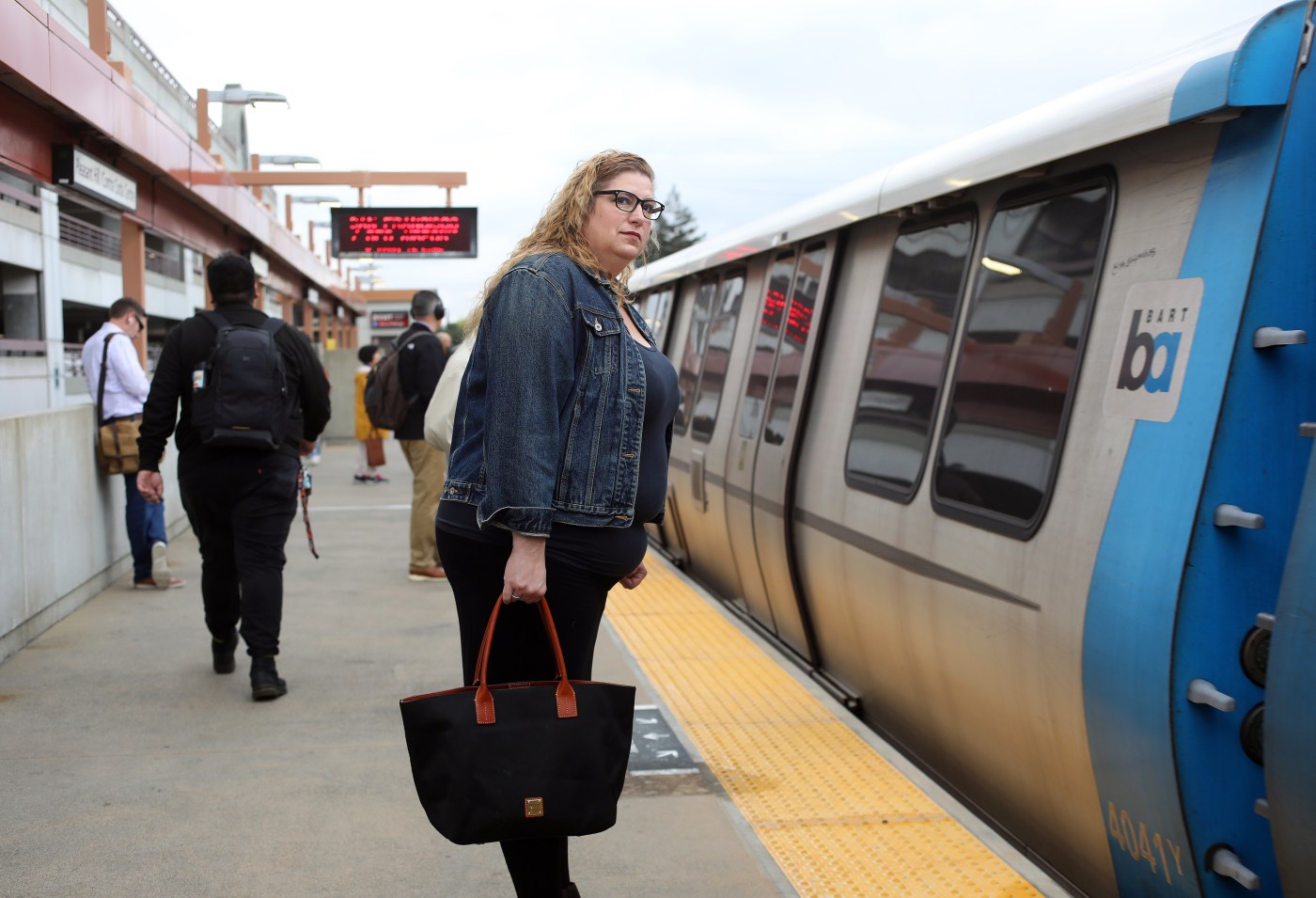
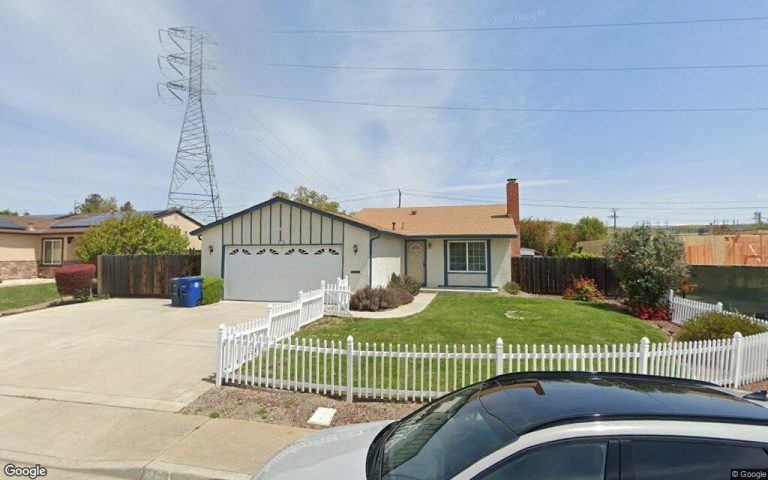


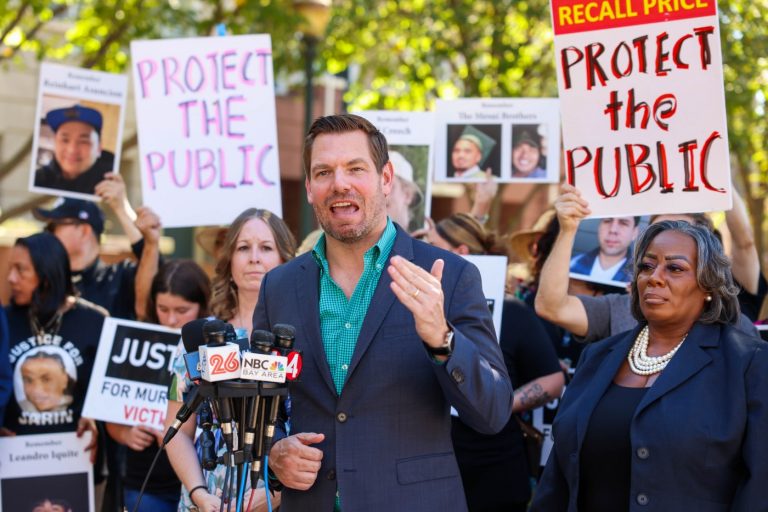

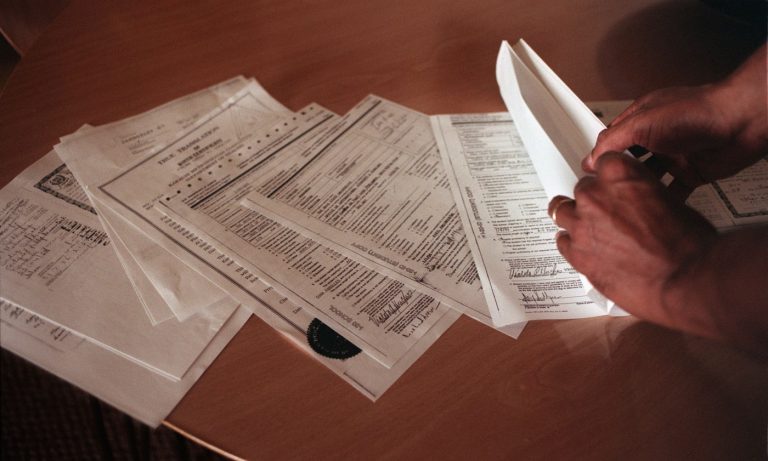
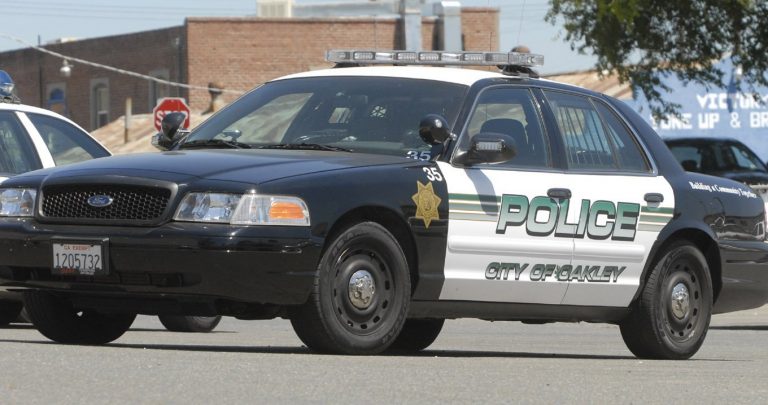

+ There are no comments
Add yours